The Indian Village That Revolves Around Gulab Jamuns
More than two dozen shops in Maigalganj sell this famous dessert.
Frequent travelers on India’s National Highway 24 share a well-kept, sweet secret. Around 25 small, ramshackle stores are crammed into a small stretch on the highway between Delhi and Lucknow, all selling gulab jamun.
Gulab jamuns—fried dough balls soaked in a sweet, often rose-flavored sugar syrup—are one of India’s most popular desserts. They’re on the menu at all kinds of celebrations, be they festivals, birthdays, marriages, or parties. But here in Maigalganj, a nondescript village in Lakhimpur district in the northern state of Uttar Pradesh, gulab jamuns are sold at all times of the year.
No one knows why Maigalganj became a gulab jamun hotspot. But shop owners and villagers agree that the first shop, Dhanpal Misthan Bhandar, opened in 1941. “Our great-grandfather set up a small shop in 1941. The area was undeveloped. There wasn’t even a road then, but the gulab jamuns became popular with travelers who stopped over during journeys,” says Rahul Gupta, who now manages Dhanpal Misthan Bhandar with his brother, Ankur Gupta. “He only sold gulab jamuns and the shop grew. Over time, many more shops came up alongside [it] and Maigalganj became known for this sweet dish.”

Balbir Singh, 53, started working at Dhanpal Misthan under Rahul Gupta’s father when he was 20 years old. He says Maigalganj is known only because of its gulab jamuns. “If you were to remove them from the equation, this is any other small Indian village,” he says.
Singh explains how the process that goes into creating the delectable treats. “Khoya [milk solids] made from cow and buffalo milk are mixed with white flour and a bit of baking soda. We knead that into a dough, and shape it into small spheres that are fried in clarified butter,” he says.
Getting the perfect golden-brown gulab jamuns is a science. The dough balls must be fried over a low flame till they rise to the top. “After that, increase the heat and fry till brown and then dip in sugar syrup. The syrup must be of ek-taar [one-string] consistency,” Singh says. Ek-taar refers to the consistency of the syrup, which is tested by dipping a thumb in syrup, and pressing the forefinger and thumb together. If the sugar string between the finger and thumb doesn’t break while pulling them apart, the syrup is ready.
Dhanpal Misthan may have been Maigalganj’s only gulab jamun shop in 1941, but the street is now chock-a-block with sweet sellers. Cars roll to a stop, and drivers come out to stretch their legs and get a sugar fix. Locals drop by, keen to pack up some gulab jamuns to take home. The buzz of voices only dies down when customers start spooning up morsels of the tender, cardamom-spiced dough.
Around them, the many shops—Balaji Misthan Bhandar, Sundar Misthan Bhandar, Sant Misthan Bhandar, Sri Ganesh Mishthan Bhandar, Gurukrupa Misthan Bhandar—showcase their wares in large, wok-like containers. Interestingly, quite a few shops share the same name: Mashoor Gulab Jamun ki Purani Dukaan, which translates as “famous old gulab jamun shop.”

Ayush Gupta, whose family set up their shop in 1945, says Maigalganj became synonymous with gulab jamuns by the 1970s. Even politicians made a point of stopping by. “It didn’t matter which shop they ate at,” he says. “Everyone wanted to eat the Maigalganj gulab jamun.”
Gupta, whose shop is also called Mashoor Gulab Jamun ki Purani Dukaan, says that gulab jamun is served fresh and hot, in earthenware dishes, at all the shops. He also adds that, despite all the vendors, there’s enough business for everyone on the sweet street. Some shops, like Rahul Gupta’s Dhanpal Misthan, have also started to expand their offerings to other sweets and even some savory foods. However, the star offering in every small store remains gulab jamuns.
The gulab jamun, despite its popularity across the country, didn’t originate in India. In The Donut: History, Recipes, and Lore from Boston to Berlin, culinary historian Michael Krondl writes that Persian invaders brought with them to India a “round fritter that eventually became gulab jamun (gulab comes from the Persian word for rose, while jamun refers to a local fruit).”
According to food anthropologist Kurush F. Dalal, the dessert came to India courtesy the Mughals, more specifically Humayun, the second Mughal emperor who fled to Persia after he was defeated by Sher Shah Suri in 1540. He is said to have brought back the treat when he returned to India in 1555. “His return from Persia led to important changes in Mughal court culture and cuisine,” Dalal says. “In India, the dough balls that were dipped in sugar syrup scented with rose water—something the Persians were very big on—were replaced with balls made with milk solids to make a richer, creamier dessert.”
Many cuisines include a gulab jamun-type treat. In the Middle East, a similar fritter, luqmat al qadi, or “judge’s morsels,” are made of leavened and deep-fried dough balls, soaked in syrup or honey. In Greece, there are loukoumades, golden puffs of fried dough glazed in sweet syrup and sprinkled with cinnamon and walnuts.
Celebrity chef Vicky Ratnani calls gulab jamun one of the most likable desserts of India. Even though numerous variations are now available, such as kala jamun, black gulab jamun, and fusion sweets like gulab jamun cheesecake, “nothing compares to the OG gulab jamun.” He also notes that the gulab jamun street in Uttar Pradesh shows how popular the sweet is. “The gulab jamun is something that has, for decades, changed people’s lives here by providing them with a livelihood,” he says.

Over time, the internet has ensured that Uttar Pradesh’s best-kept secret is slowly being spread among vloggers, bloggers, and food enthusiasts across India. Many are drawn by the curiosity of so many gulab jamun shops in one place, as well as the tradition of serving the sweets in clay bowls.
Ibtessam Anjum Najeeb, a Dubai-based food vlogger, decided to visit Maigalganj after hearing about the“legendary gulab jamuns.” She recommends a stop at Dhanpal Misthan. “True to their reputation, the gulab jamuns were exceptional,” she says. Najeeb ended up making a video about the history of Maigalganj’s gulab jamuns and “how they became so very popular,” she says.
More than 80 years after the first shop opened on Maigalganj’s “gulab jamun street”, there seems to be no end in its popularity. Business may ebb and crest depending on the season, but this small town remains synonymous with one of India’s favorite desserts.
Gastro Obscura covers the world’s most wondrous food and drink.
Sign up for our email, delivered twice a week.








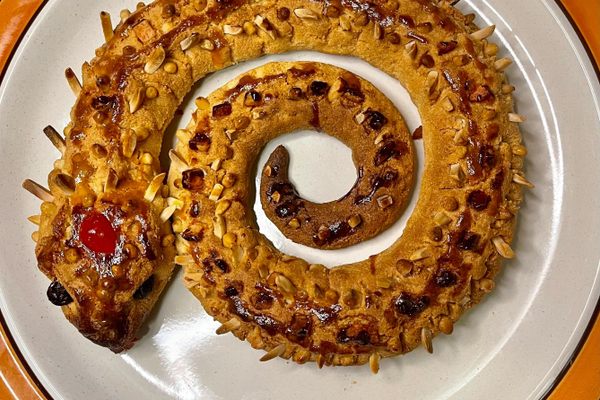
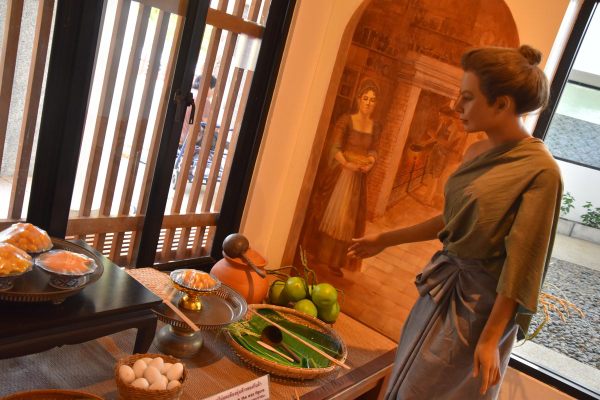
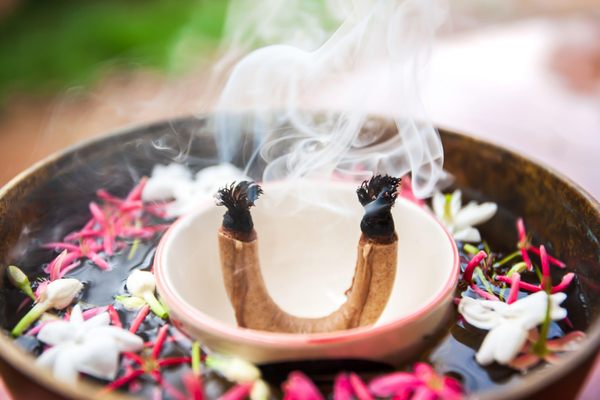















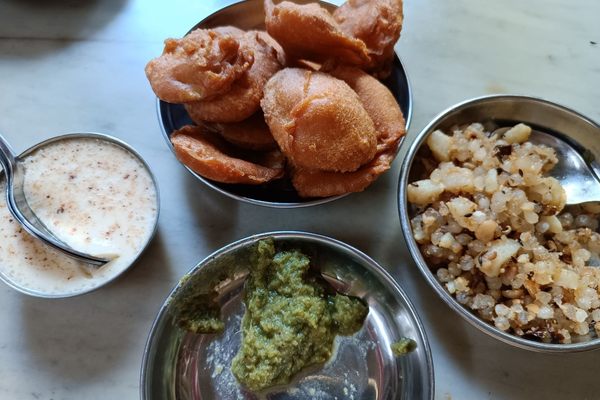


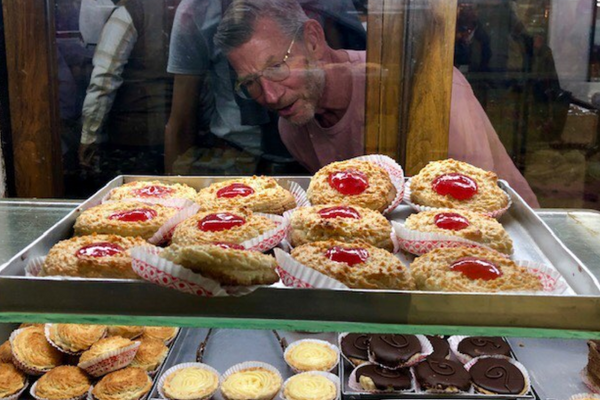





Follow us on Twitter to get the latest on the world's hidden wonders.
Like us on Facebook to get the latest on the world's hidden wonders.
Follow us on Twitter Like us on Facebook